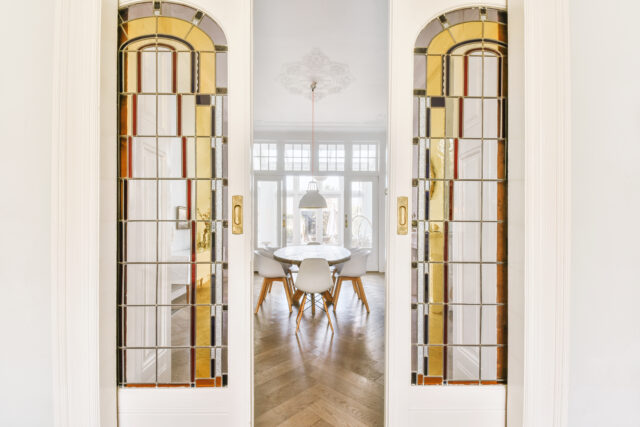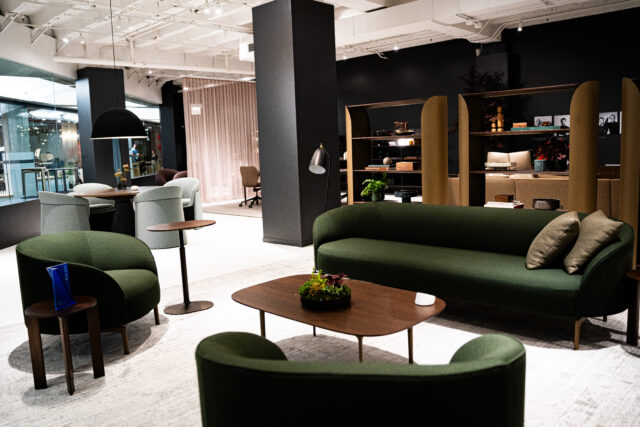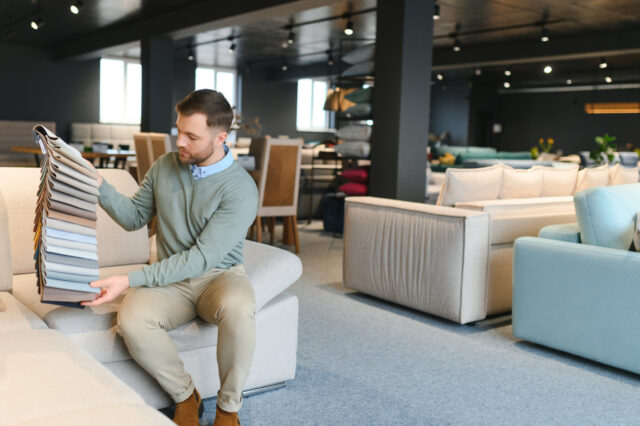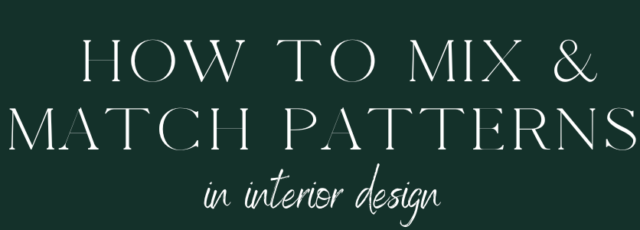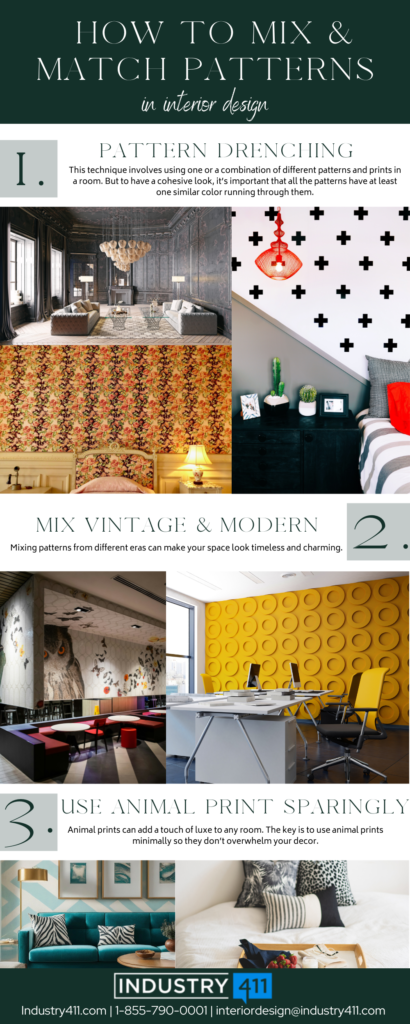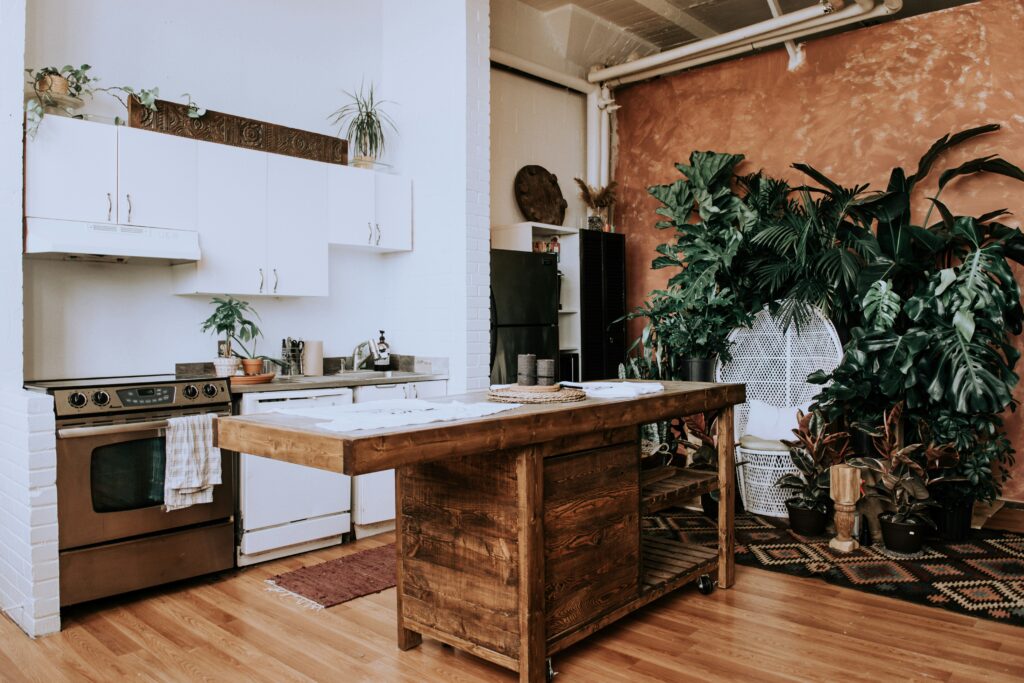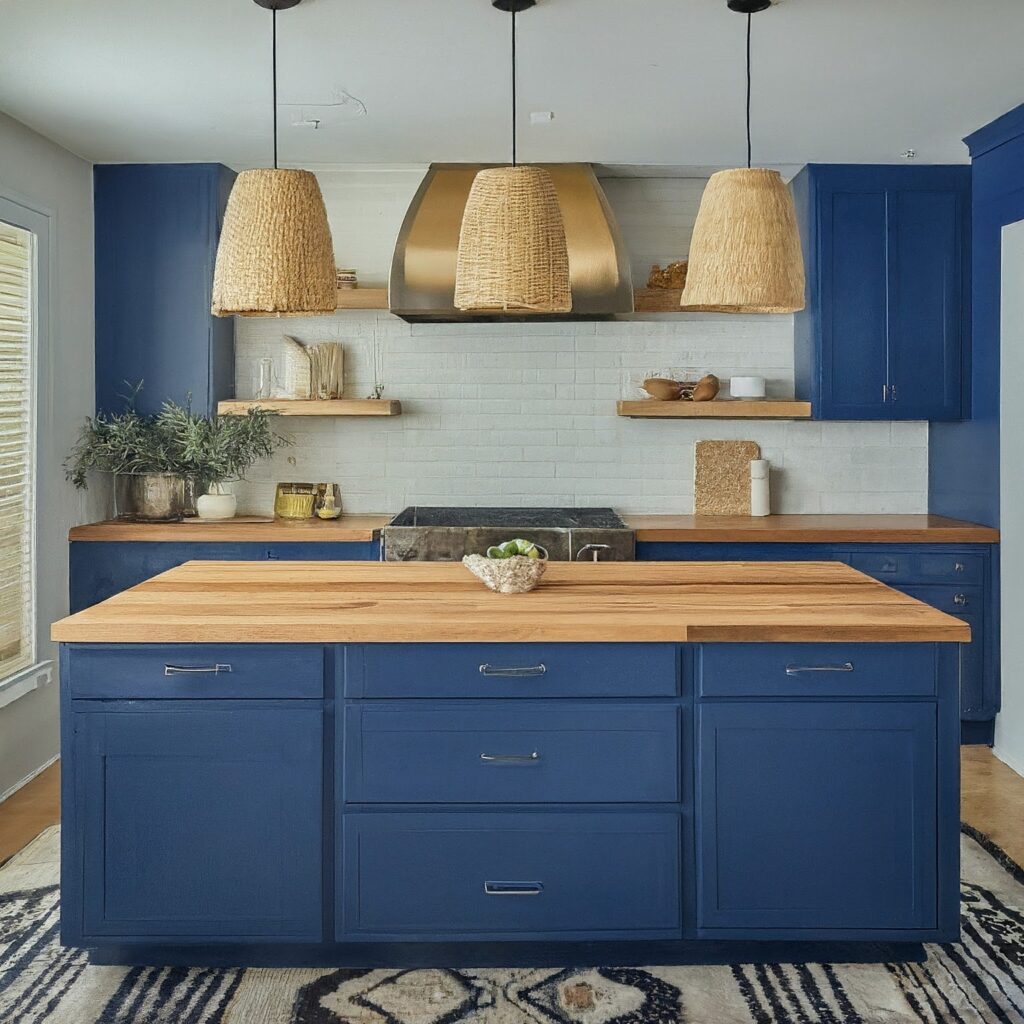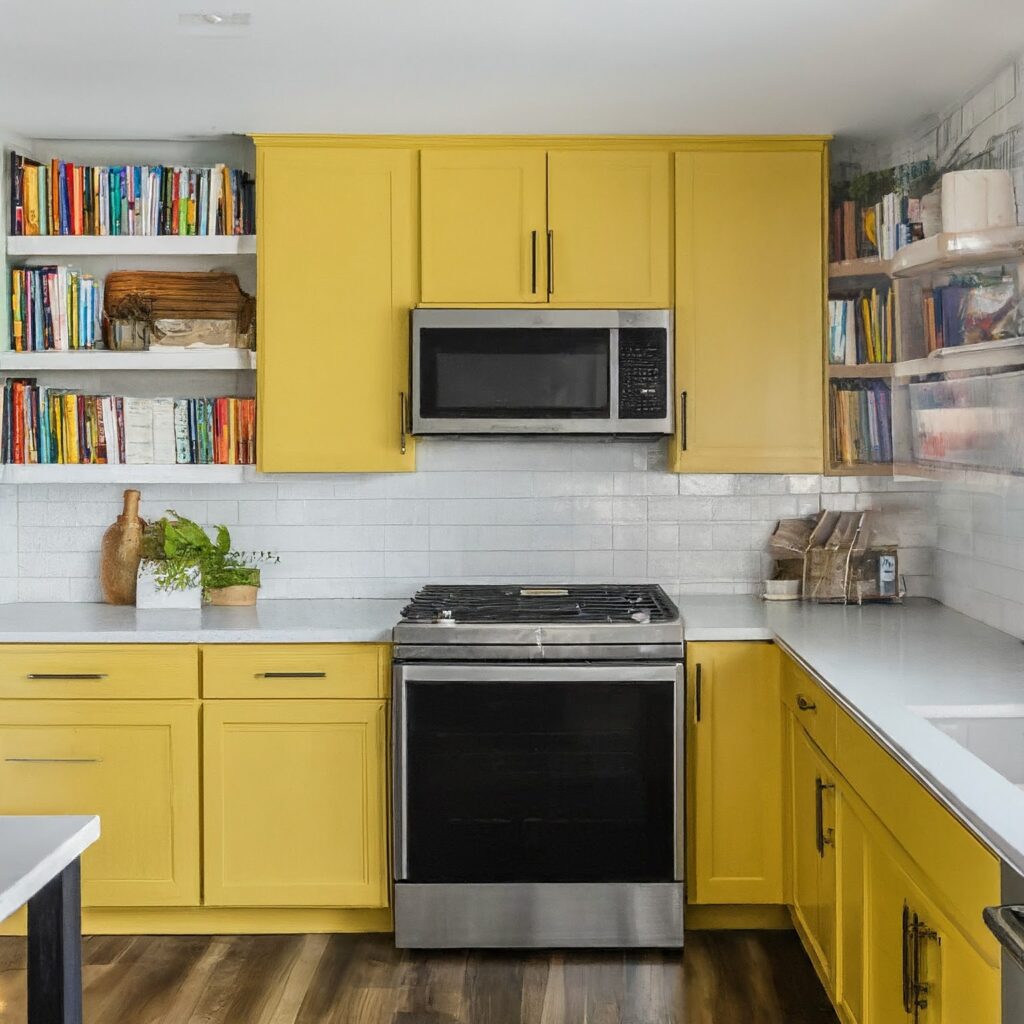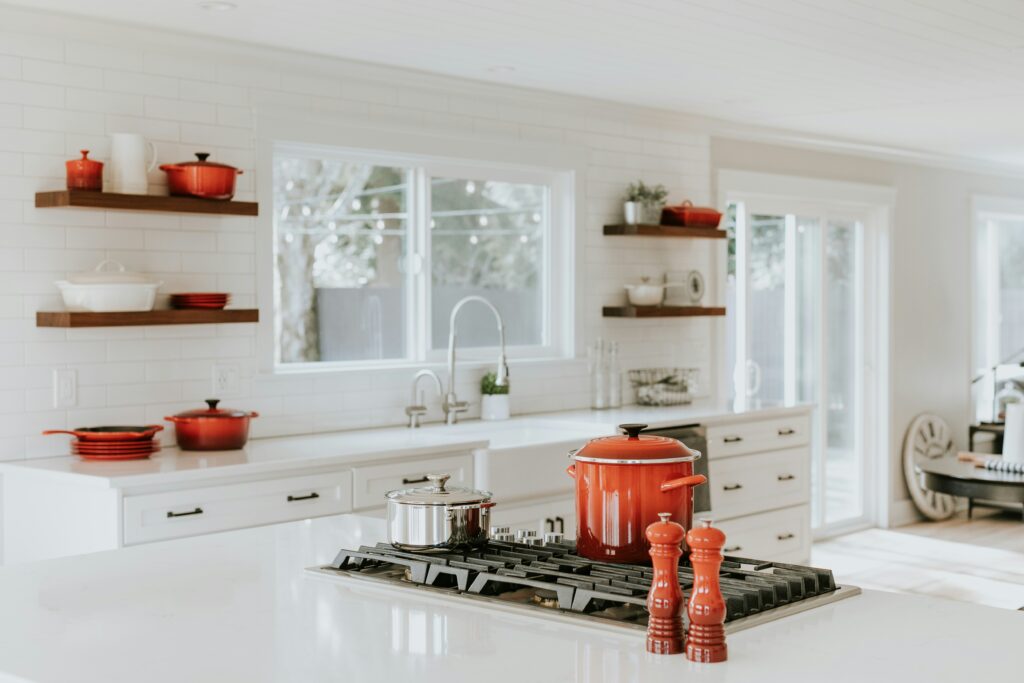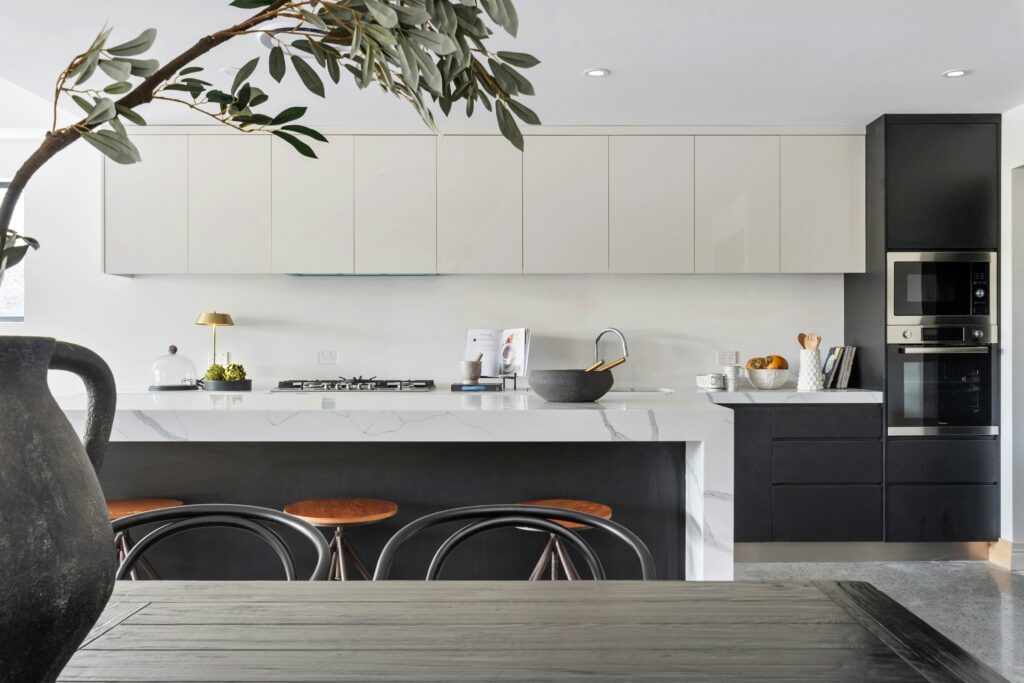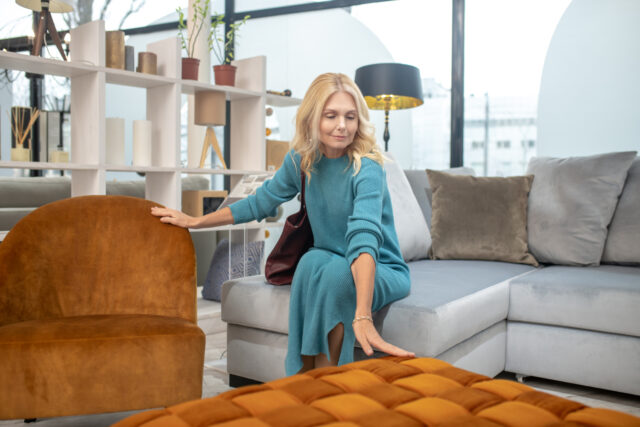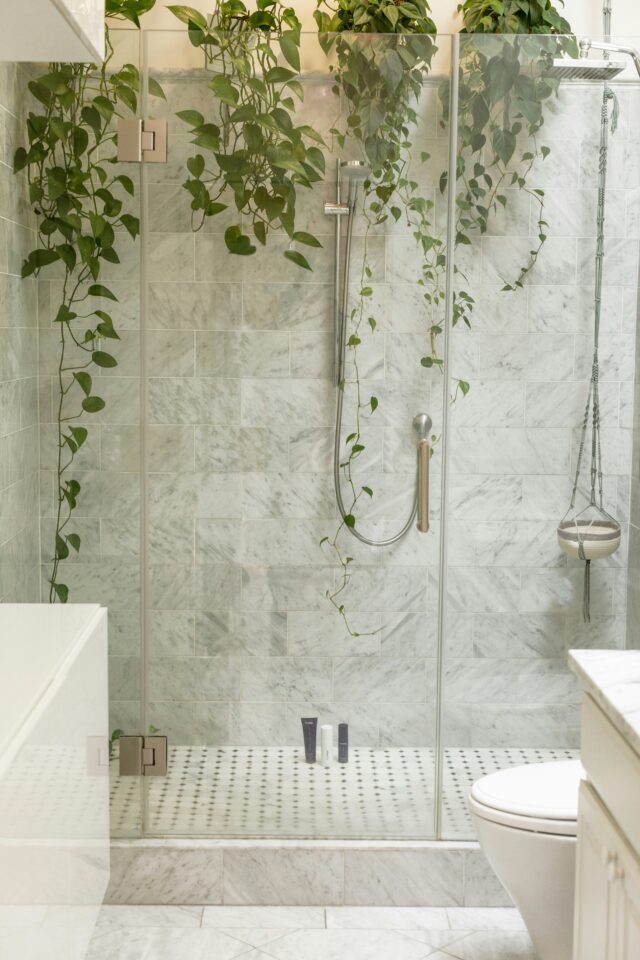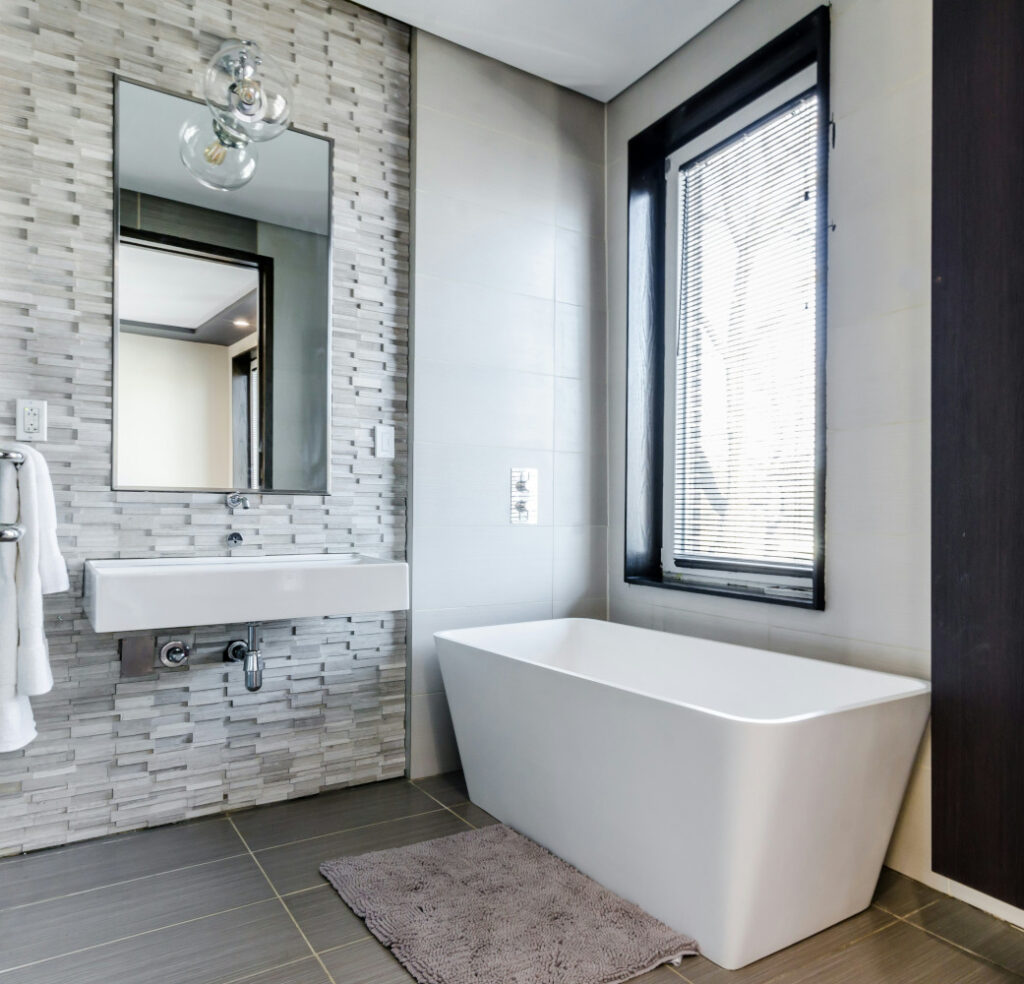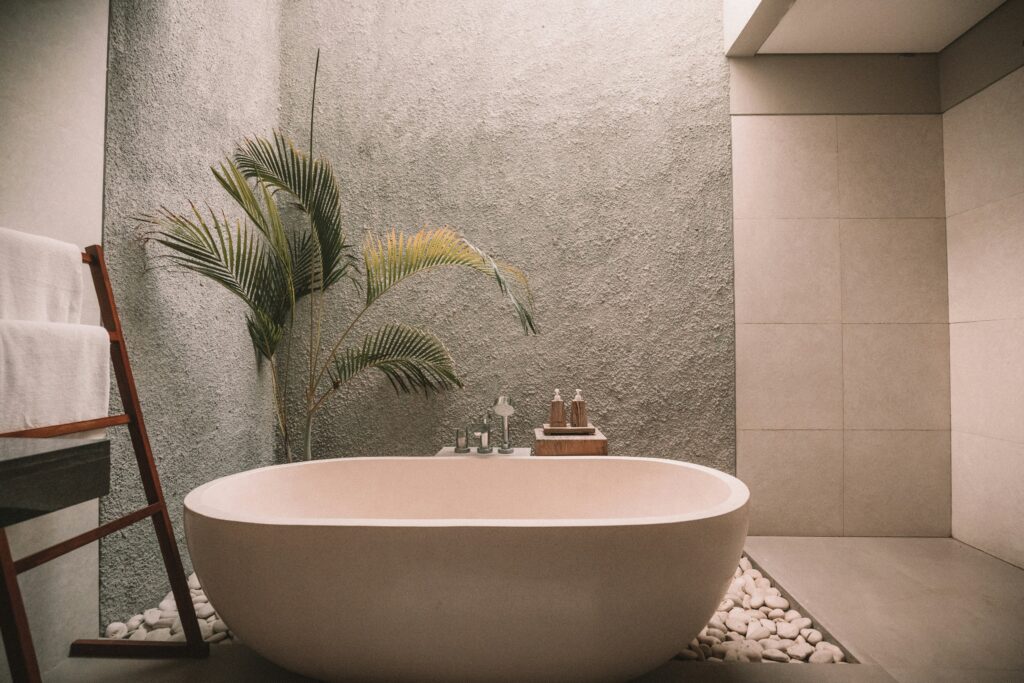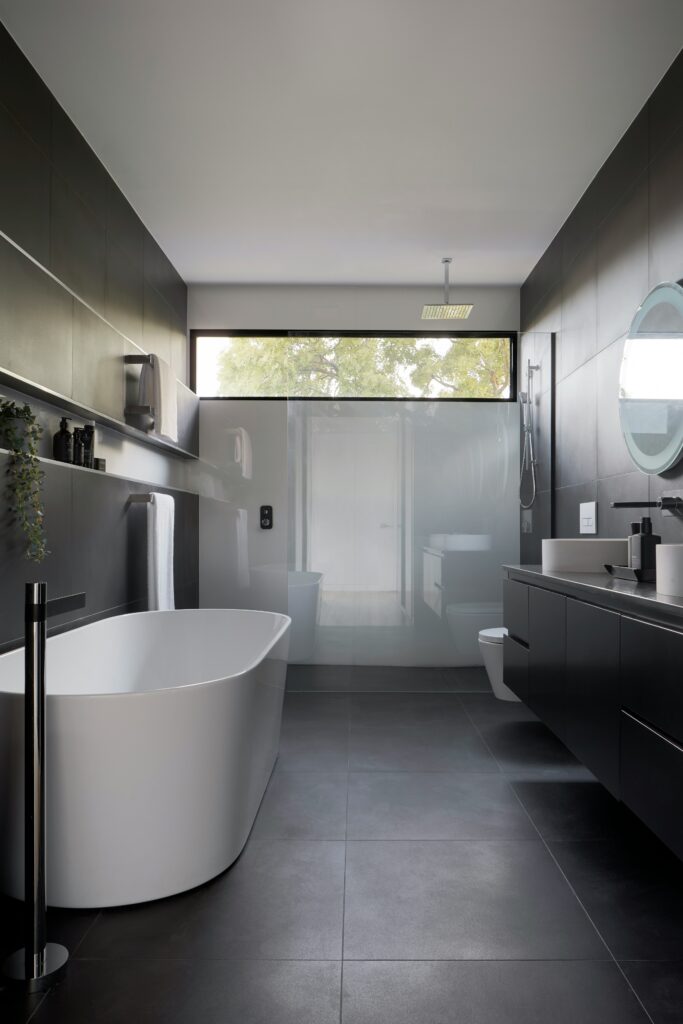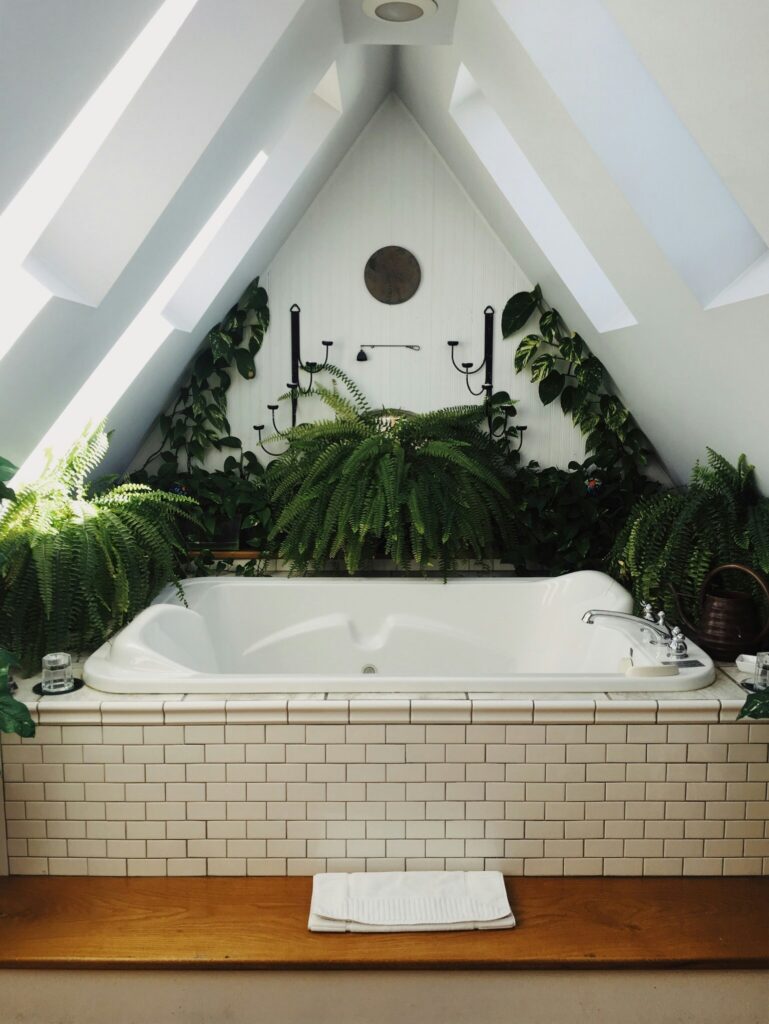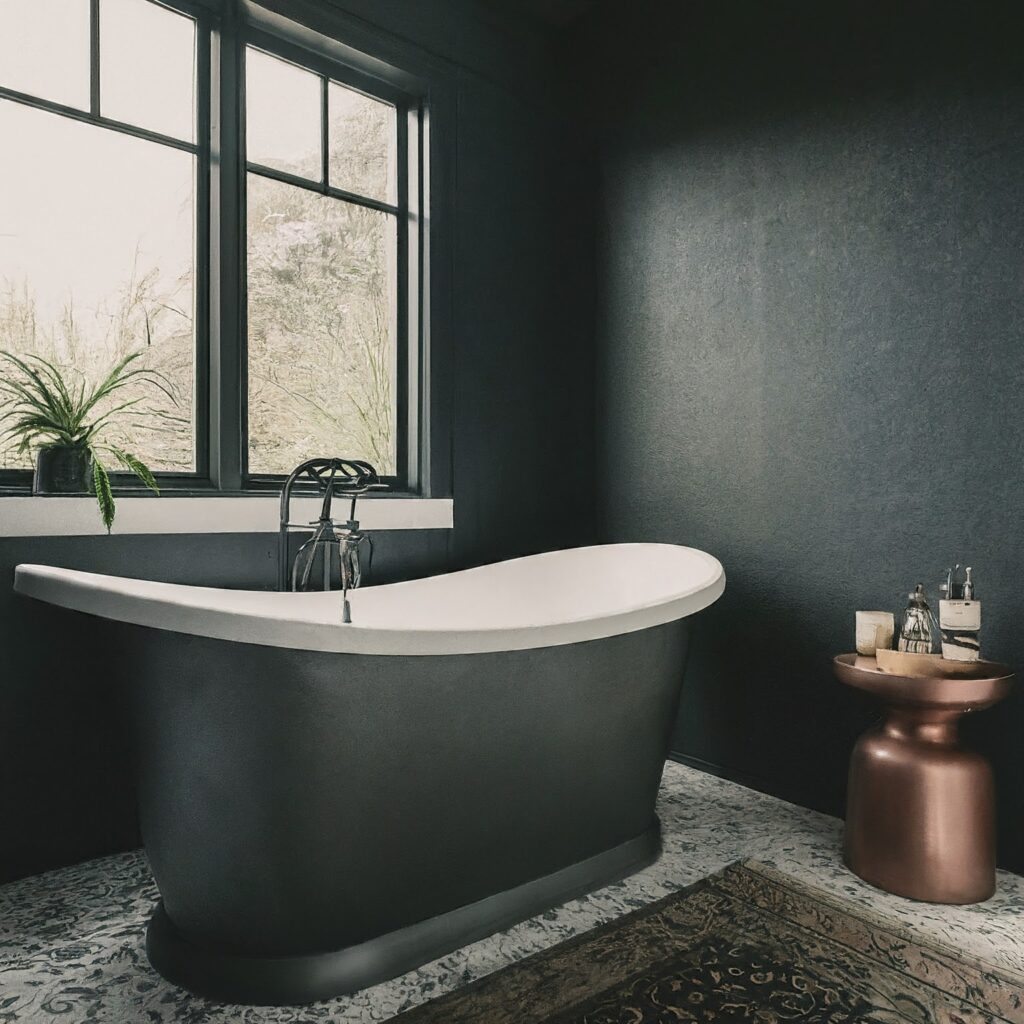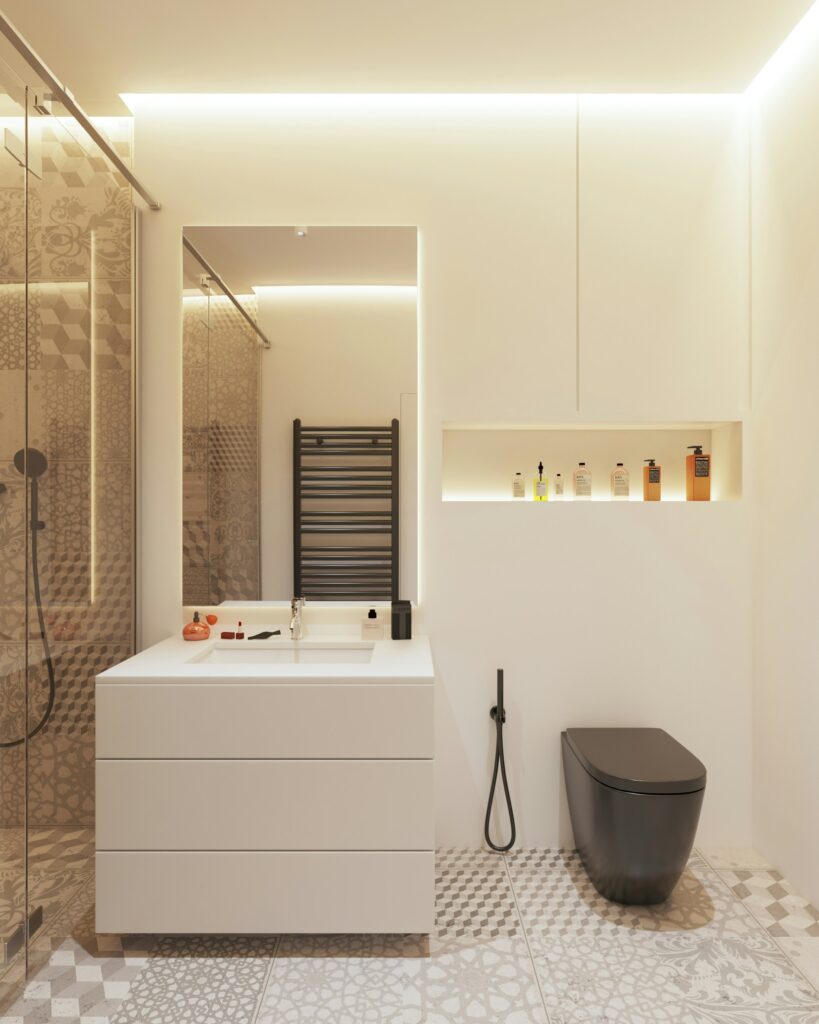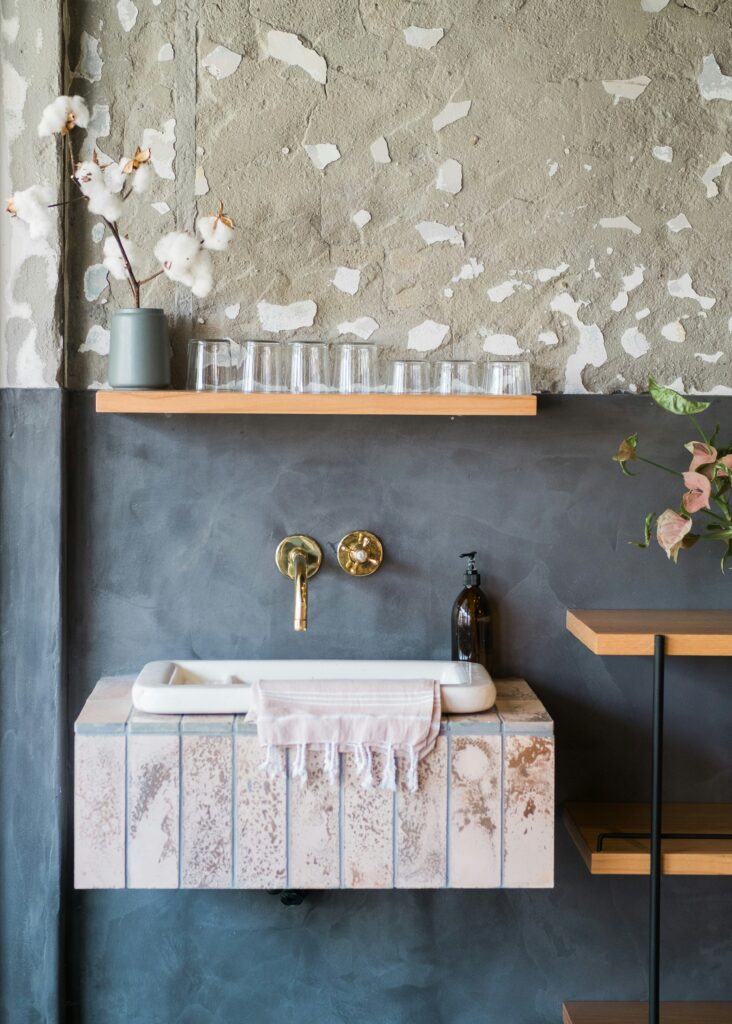Oldie But a Goodie: Timeless Design Elements for Modern Homes
While modern trends come and go, certain architectural details and finishes from yesteryear continue to resonate with homeowners today. This is not just about nostalgia – these features often offer functionality, style, and can even elevate the value of a property.
Here’s a look at some classic elements that can be incorporated into new builds or restorations to create unique and beautiful spaces:
- Dutch Doors: A versatile option, allowing for air circulation while keeping children or pets safe.
- Peg Rails: Enhance organization in kitchens, entryways, and mudrooms.
- Leaded and Stained-Glass Windows: Offer decorative flair and privacy without compromising on natural light.
- Transom Windows: Improve air circulation and natural light penetration.
- Milk Doors: A potential security feature for package delivery in contemporary homes.
- Apron-Front Sinks: Spacious and practical for soaking and cleaning large pots.
- Library Ladders: Maximize vertical storage space in kitchens, closets, and libraries.
- Butler’s Pantries: Dedicated prep areas for entertaining or managing clutter in open kitchen concepts.
- Plate Racks: Showcase dishware while saving cabinet space.
- Hanging Pot Racks: Easy access to cookware in busy kitchens.
- Stove Alcoves: Create a focal point and offer opportunities for creative backsplash designs.
- Vented Cabinets: Enhance air circulation to prevent mold and mildew growth.
- Exposed Brick, Stone, and Wood: Warmth, character, and a connection to the past.
- Secondary Staircases: Functional for larger homes, potentially reducing wear and tear on the main staircase.
- Wainscoting: Protects walls, adds a touch of elegance, and can hide imperfections.
- Claw-Foot Tubs: A luxurious and vintage bathroom statement piece.
- Skirted Sinks: Conceal plumbing, create storage, and add a decorative touch to laundry rooms and bathrooms.
- Built-In Ironing Boards: A space-saving convenience for laundry rooms or closets.
- Laundry Chutes: Eliminate the need to lug laundry baskets around the house.
- Dumbwaiters: Strategically placed dumbwaiters can improve efficiency, especially in multi-story homes.
- Crown Molding: Adds a polished look and creates the illusion of higher ceilings.
- Picture Rails: A convenient and elegant way to display artwork.
- Built-Ins: Streamline a space and create a cohesive look.
- Fancy Door Hardware: The finishing touch that elevates the design of any door.
These classic design elements offer a perfect blend of form and function and can be incorporated into a variety of design aesthetics. So next time you’re specifying finishes or considering a renovation project, think about embracing some of these time-tested features – they may just add a touch of magic to your next project.


